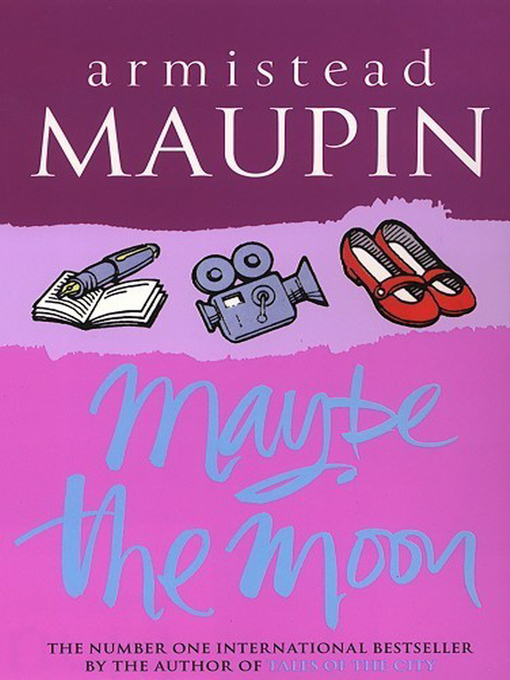The Glassblower of Murano is a tale of intrigue, betrayal, love and politics. It tells of Leonora (Nora) Manin, whose failed marriage drives her to return to her native Venice and to a new career as a maestra of glassmaking. She is echoing the life of her famous ancestor Corradino Manin, who was once acknowledged as the finest glassmaker in the world, famed for creating the biggest, brightest, clearest mirrors and the most delicate candelabri. She has one direct link to the man in the form of a glass heart, made for his illegitimate daughter - also called Leonora - and handed down to her across 400 years..
The story spans those four centuries as Nora, now calling herself by her full Venetian name, lives and works in the same squares, alleys and factories as her ancestor, and suffers from the same schemes and jealousies that he faced. Throughout the intertwined stories the true heroine is Venice herself, La Serenissima: beautiful, compelling, and treacherous for the unwary.
The stories twist and turn in a pattern as complex as the island city's streets, with as many promising routes for its characters that lead only to blind alleys, forcing them to retrace their steps and find an alternate way to tackle life's challenges. Both have to deal with the officials of their times, although the consequences of error for Leonora are only disappointment and heartbreak, while Corradino risks an assassin's knife. Both have troubled love lives, and both are threatened by the jealousy of those close to them.
My knowledge of 17th century Italian history is insufficient to comment on Marina Fiorata's accuracy, although her descriptions are convincing. Her details of early glass making methods also seem well researched. But it is her evocation of the glorious city that is the most entrancing.
The book will leave you wanting to visit Venice - or at least to eat a bowl of pasta and drink a cold beer.
********************
The Glassblower of Murano
Marina Fiorato
2008
Beautiful Books, London
The story spans those four centuries as Nora, now calling herself by her full Venetian name, lives and works in the same squares, alleys and factories as her ancestor, and suffers from the same schemes and jealousies that he faced. Throughout the intertwined stories the true heroine is Venice herself, La Serenissima: beautiful, compelling, and treacherous for the unwary.
The stories twist and turn in a pattern as complex as the island city's streets, with as many promising routes for its characters that lead only to blind alleys, forcing them to retrace their steps and find an alternate way to tackle life's challenges. Both have to deal with the officials of their times, although the consequences of error for Leonora are only disappointment and heartbreak, while Corradino risks an assassin's knife. Both have troubled love lives, and both are threatened by the jealousy of those close to them.
My knowledge of 17th century Italian history is insufficient to comment on Marina Fiorata's accuracy, although her descriptions are convincing. Her details of early glass making methods also seem well researched. But it is her evocation of the glorious city that is the most entrancing.
The book will leave you wanting to visit Venice - or at least to eat a bowl of pasta and drink a cold beer.
********************
The Glassblower of Murano
Marina Fiorato
2008
Beautiful Books, London



